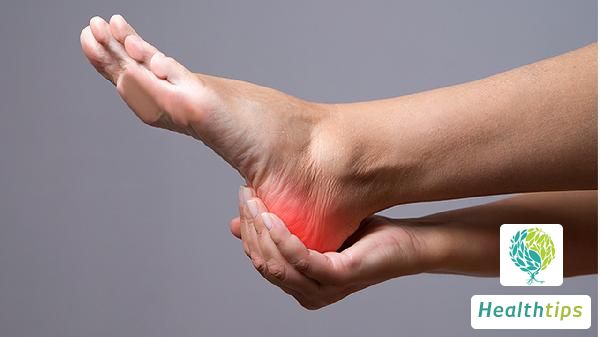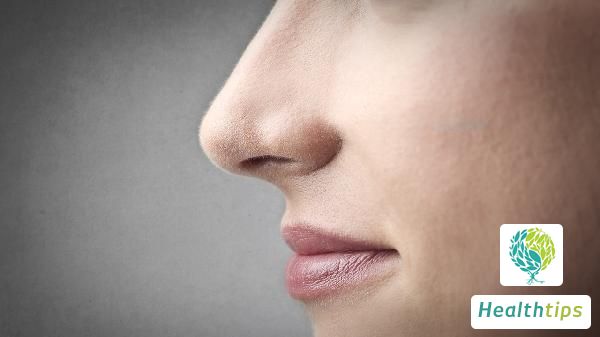What Are the Main Health Check-Up Items for a 3-Month-Old Baby?
Although a three-month-old baby may appear healthy from the outside, it is still necessary to undergo professional physical examination to assess the development of various organs in the baby's body. The physical examination for a three-month-old baby mainly involves some basic checks to determine the baby's development. As parents, they are naturally very concerned about the specific items of the physical examination. So, what are the main items for a three-month-old baby's physical examination? Let's take a look below.

1. Head Circumference Measurement: Stand in front of the baby and use a flexible tape measure to wrap around the baby's head, passing in front through the eyebrows and behind through the occipital region. Read the measurement of the baby's head circumference. Standard: The head circumference of a newborn baby is about 33~34 cm, and for a three-month-old baby, it is about 40~41 cm. Abnormality: A smaller head circumference may indicate incomplete development, while a larger one may suggest hydrocephalus. Therefore, parents should attach importance to measuring their baby's head circumference.
2. Height Measurement: Remove the baby's shoes and socks, place the baby face-up on a soft mat, and gently hold the baby's knees with one hand. Then, use a strip of cloth to measure the baby's height from head to toe with the other hand. Standard: The average height of a newborn baby is about 50 cm, and the height of a baby will increase by approximately 2.5 cm in the first six months. Therefore, the standard height for a three-month-old baby is 57.5 cm. Abnormality: If the baby's height is significantly lower than that of peers (specifically, lower than the third percentile or two standard deviations of the height of peers), the baby may be suffering from dwarfism.
3. Weight Measurement: Before measuring the weight, remove the baby's shoes, clothes, and make sure the baby has urinated and defecated. Then, gently place the baby on the scale, preferably with the baby lying down on it. (You can place some clothes on the scale and subtract the weight of the clothes from the final reading to obtain the baby's net weight.) Standard: The average weight of a newborn baby is 3 kg, and the weight of a baby will increase by approximately 0.6 kg per month in the first six months. Therefore, the standard weight for a three-month-old baby is 4.8 kg. Abnormality: If the baby's weight is lower than 5% of the standard height, the baby may be malnourished. If the weight is higher than 10% of the standard weight, the baby may be slightly overweight. If it is higher than 20%, parents should be concerned about the baby's obesity.
4. Arm Circumference Measurement: Measure the widest part of the baby's upper arm, trying to keep the baby's upper body relaxed and the tape measure close to the skin. Standard: The arm circumference of a newborn baby is about 10 cm. There is no specific standard for the arm circumference of a three-month-old baby, but it is not good if the baby's arms are too thick or too thin. Abnormality: The thickness of the arms can reflect the baby's nutritional status, which requires parents to analyze specifically. If the arm circumference of a one-year-old child is less than 12.4 cm, the child can basically be diagnosed as malnourished.



















